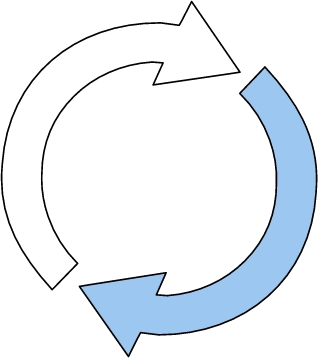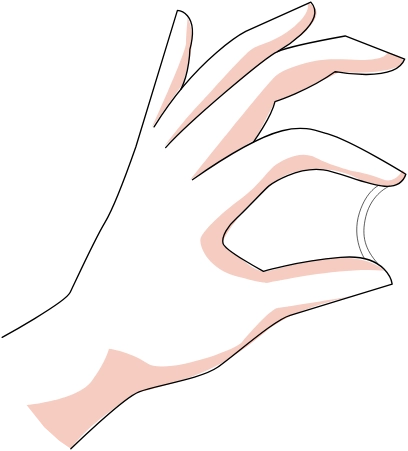GETTING PREGNANT AFTER NEXPLANON
it’s that time and you’re ready to start trying
NEXPLANON is reversible and can be removed by a trained healthcare professional at any time. Once you’ve made the decision, you could become pregnant as early as a week after the removal of NEXPLANON.



how is NEXPLANON removed?
A trained healthcare professional can remove NEXPLANON in the office.
Removal of NEXPLANON involves a minor surgical procedure by a trained healthcare professional through a small incision in your arm where NEXPLANON is located.
After the implant is removed, the trained healthcare professional will put on an adhesive bandage and then apply a pressure bandage to minimize bruising.
A trained healthcare professional will cover the site where NEXPLANON was placed with 2 bandages. Leave the top bandage on for 24 hours. Keep the smaller bandage clean, dry, and in place for 3 to 5 days.

NEXPLANON must be removed by the end of the third year. It can be replaced with a new implant during the same office visit.
A trained healthcare professional can remove the implant at any time within the 3-year period. Once it’s removed, a new implant can be inserted.
Since the area has already been sterilized and numbing medication has been administered, a trained healthcare professional can insert a new NEXPLANON into the same area of your inner upper arm.
Once inserted, both patient and the trained healthcare professional will then feel the area to ensure the implant is placed correctly. If it is, the healthcare professional will cover the site where NEXPLANON was placed with 2 bandages. Leave the top bandage on for 24 hours. Keep the smaller bandage clean, dry, and in place for 3 to 5 days.

still have questions?
Check out our FAQs.
These may be helpful to you.